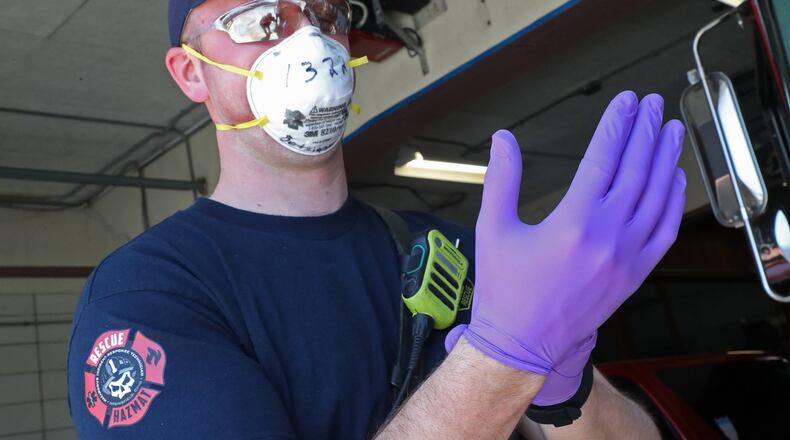Springfield City Manager Bryan Heck said money also was used to offset expenses inquired as a result of purchasing equipment and materials needed to adapt city operations amid the pandemic.
The city received a total of about $5.2 million in federal relief dollars allocated to local governments in order to help areas reeling from pandemic’s impact.
Heck said the city was able to spend that money as well as allocate it by the end of 2020 to address unexpected costs that were a direct result of the coronavirus pandemic.
The funding could not be used to fill in gaps in general fund budgets due to a drop in tax collections and other revenue sources for local governments.
Instead it had to be used to address unexpected costs stemming directly from the pandemic such as overtime or materials needed to transition employees to working from home or adding safety measures to offices and public spaces.
However, some of that money could also be used to set up programs to small businesses or provide rent assistance.
The city used other sources of CARES Act funding to partner with the Springfield Neighborhood Housing Partnership to aid residents in rental and utility assistance.
It also used sources of CARES Act money to help offset costs of other departments in the county that dealt with a wide range of issues due to the pandemic.
But that money differed from federal coronavirus relief dollars allocated to local governments from several bills from the Ohio Legislature.
Springfield was awarded about $3 million in CARES Act money from two rounds of funding allocated to local governments from the state. The third round, using money released last fall from House Bill 614, gave out another $2.1 million to the city.
In the fall, those CARES Act allocations went mainly towards covering payroll expenses for Springfield firefighters and police officers.
Those expenses relate to hours brought on due to the pandemic, as well as overtime and quarantine leave, Mark Beckdahl, the city’s finance director, said at the time.
He said at the time that about $3 million was to be used to reimburse those expenditures.
Heck said that money was also used to cover expenses related to allowing employees perform remote work during the pandemic as well as adding barriers and other safety features to public spaces to further protect employees and members of the public.
That included markers and additional barriers added to the lobby of Springfield City Hall.
“We were able to offset some of those types of expenses,” he said.
Heck said that the city saw a loss of revenue in 2020, similar to what others were experiencing across the country.
He said it is hard to gauge how the pandemic will impact the city’s finances in the future.
About the Author

